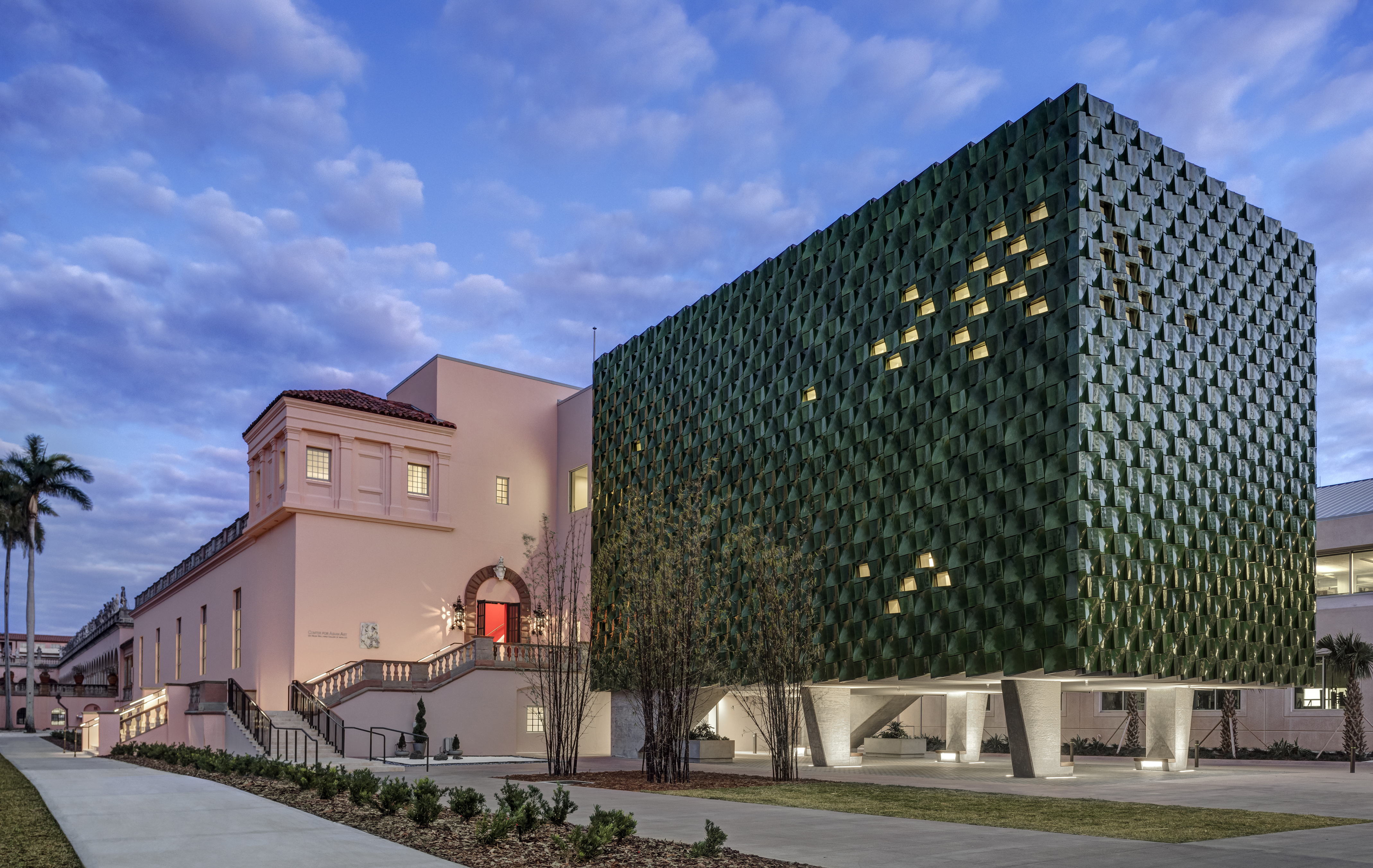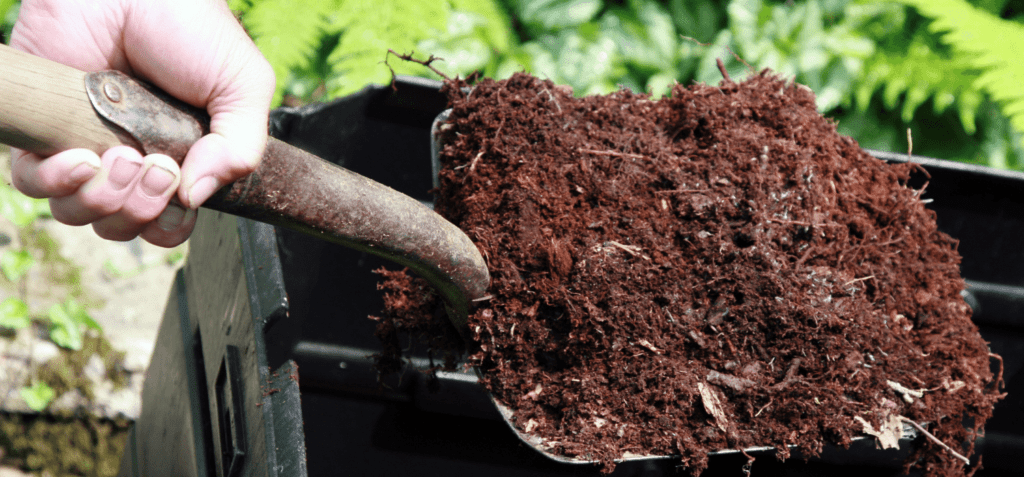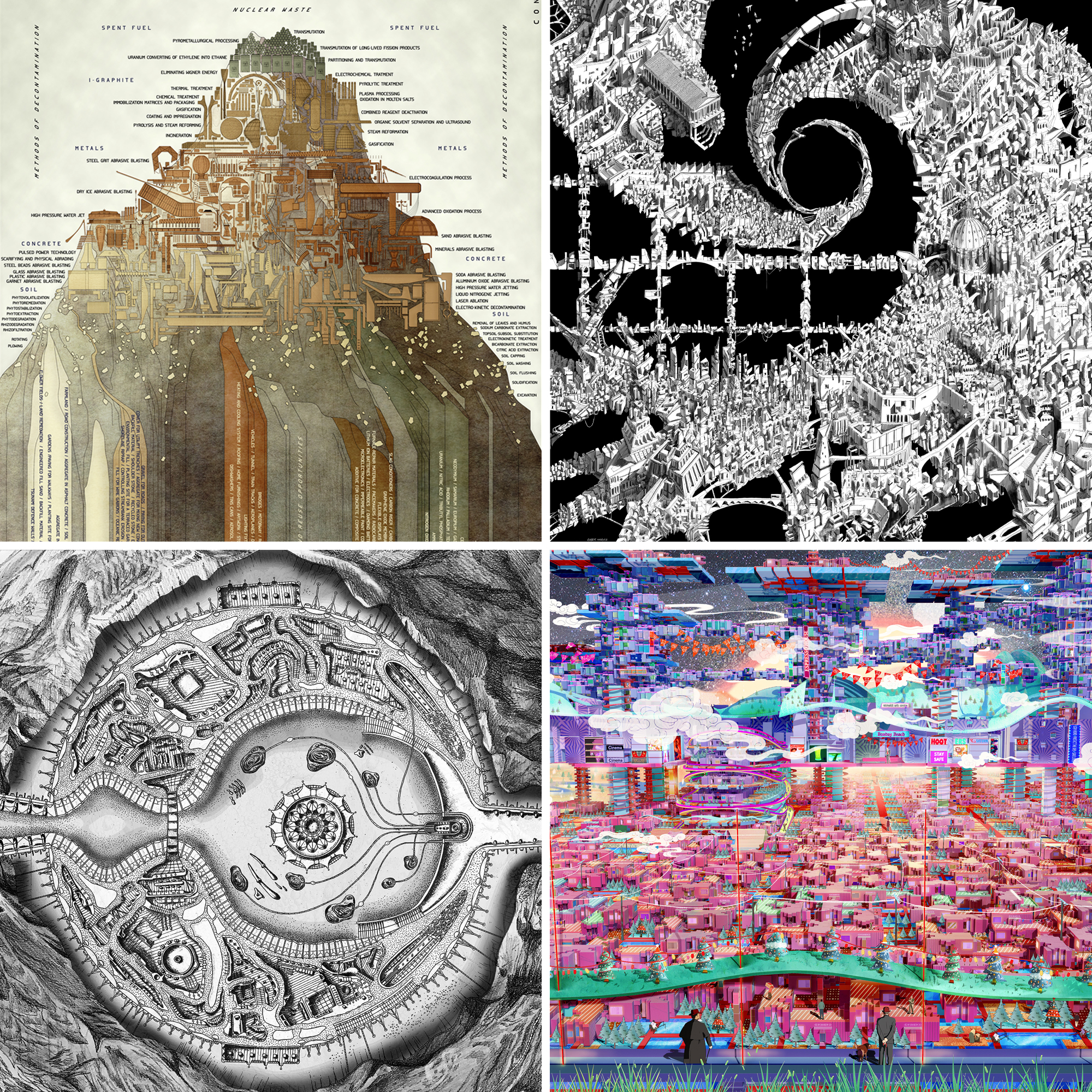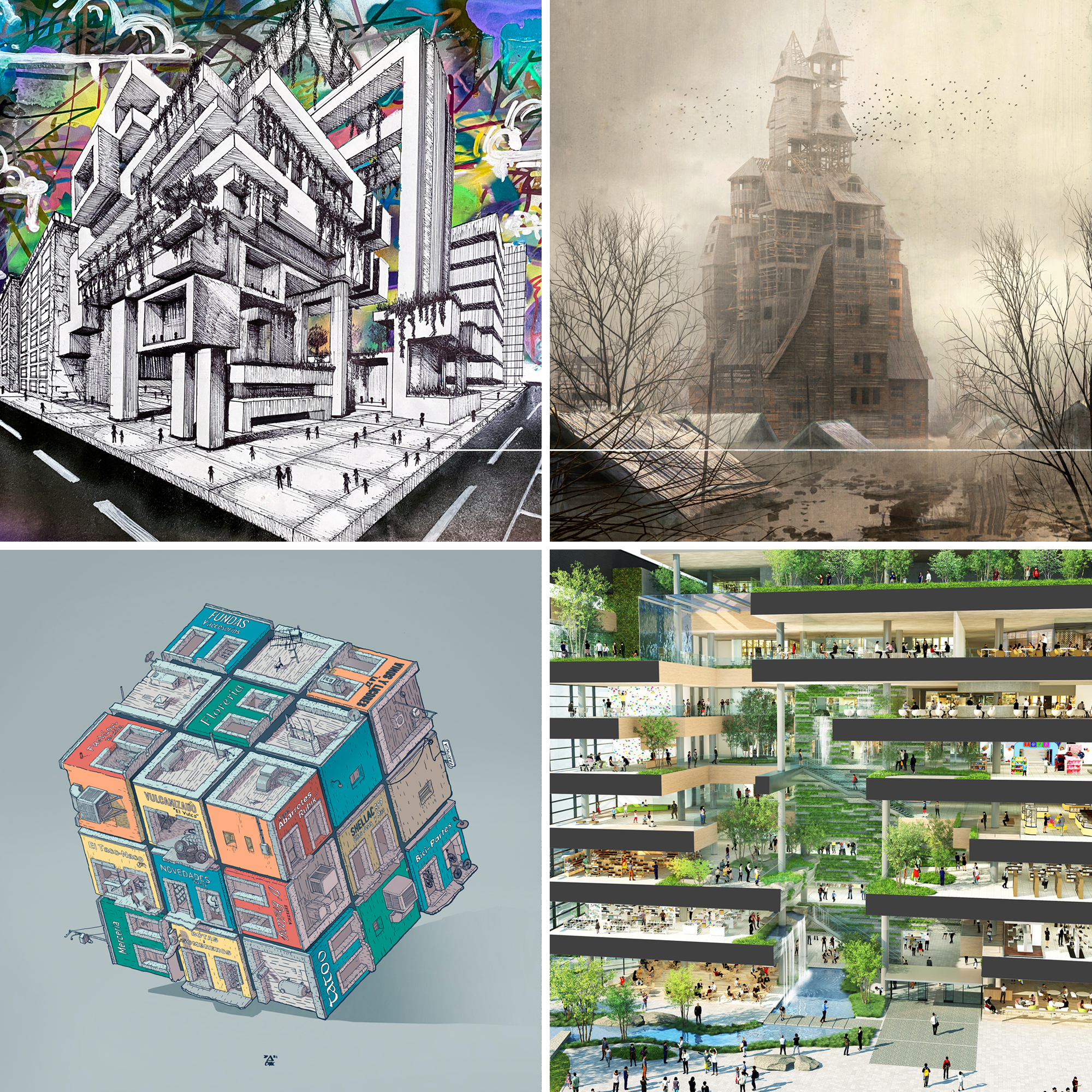Five innovations tackling wildfires – Springwise
Wildfires have long been a persistent threat in certain parts of the world. But until recently, most people would associate them with regions such as California and Australia. In 2022, however, the news cycle has been filled with stories of wildfires in parts of the world that are less used to dealing with them. In the EU, forest fires have burned a record 700,000 hectares, with Spain, Romania, France, and Italy the countries most affected. In fact, 2022 is already a record year for wildfires in Southwestern Europe. Meanwhile, in China, emergency responders are battling blazes around the city of Chongqing.
Studies are linking increasing levels of fire risk in Europe with climate change. And ‘traditional’ fire regions are also facing more intense fire seasons. The worst recorded fire season in the recorded history of New South Wales, Australia, was in 2019/2020, and California’s worst fire season was also in 2020.
With climate change exacerbating wildfires across the globe, innovators are developing solutions to mitigate their impact. Here are five of the best.

ROBOT FOREST RANGERS PLANT TREES, CLEAR PATHS AND GATHER DATA
Rikko, Chunk, and Dixon are three ‘Forest Ranger Druids’ created by industrial design student Segev Kaspi. Currently in the concept stage, each of the robots has a specific set of tasks and skills. The idea is to deploy teams of the robot forest rangers across many kilometres of forest, for regular maintenance as well as in emergency situations. Finding the source of a new forest fire, for example, could help firefighters act faster to contain a dangerous situation. Read more

THE WORLD’S LARGEST REAL-TIME MONITORING NETWORK FOR ENVIRONMENTAL DISASTERS
Australian technology firm Attentis has developed a network of intelligent sensors that provide local officials and emergency response teams with data that can be used to improve responses to climate change impacts – such as floods and bushfires. The sensors are powered by artificial intelligence (AI) and machine learning from analytics company SAS, and are capable of automatically detecting and responding to changes in their surroundings. Attentis has used the sensors to create an integrated, high-speed network. Named the Latrobe Valley Information Network (LVIN), it is the world’s largest real-time environmental monitoring network. Read more

NEW DRILLING MACHINE QUICKLY AND ECONOMICALLY CUTS THROUGH THE HARDEST ROCKS IN THE WORLD
San Francisco-based company Petra has successfully completed a 20-foot demonstration tunnel through the Earth’s hardest rock. The company’s semi-autonomous drilling machine, named Swifty, is able to cut through hard bedrock that would destroy normal drilling equipment. Swifty was designed to make underground utility lines more economically viable given that above-ground power lines have contributed to a succession of Californian wildfires. Read more

AI MAPPING TOOL HELPS CALIFORNIA FIREFIGHTERS TRACK BURN RISK
More than three million acres of land burned in California during the 2020 fire season. As climate change continues to have an impact on the natural ebb and flow of the area’s fires, The California Forest Observatory is using AI satellite imaging combined with detailed laser scanning to monitor the current risk of forest wildfires. Previously, most satellite data was up to three years old. The combined data provides detail down to the level of individual trees and allows firefighting teams to observe vegetation growth while tracking current weather conditions. Read more

HYBRID DRONE FOR CARRYING FIRE-FIGHTING EQUIPMENT
Fighting wildfires usually involves the use of heavy equipment and dangerous flights. Drones could be the answer Most electric drones currently in use can only fly for around fifteen minutes when carrying payloads, while gas-powered drones can fly for longer, but can’t carry heavy cargo. Parallel Flight Technologies is hoping to change this by developing commercial drones capable of carrying equipment heavy enough to help firefighters. Read more
Curated by: Matthew Hempstead
To keep up with the latest sustainable innovations, sign up to our free newsletters or email info@springwise.com to get in touch.
24th August 2022

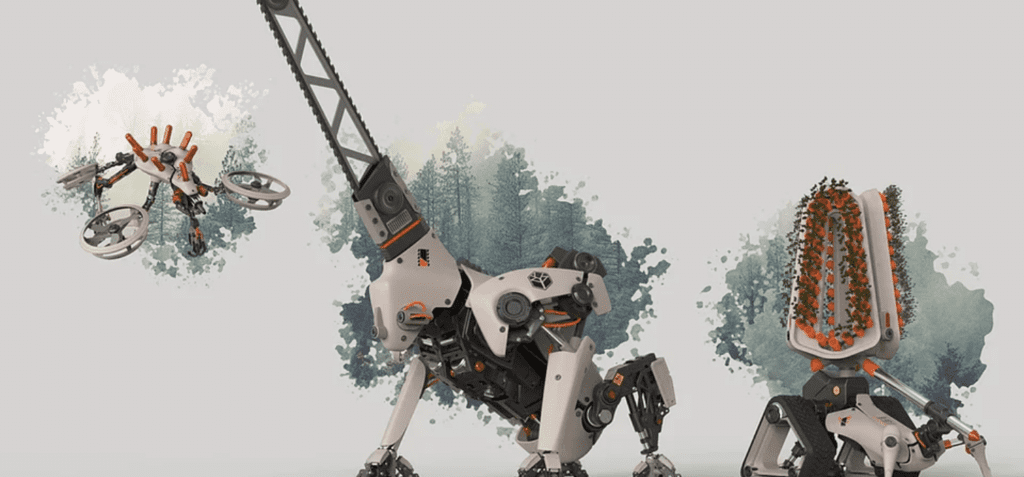
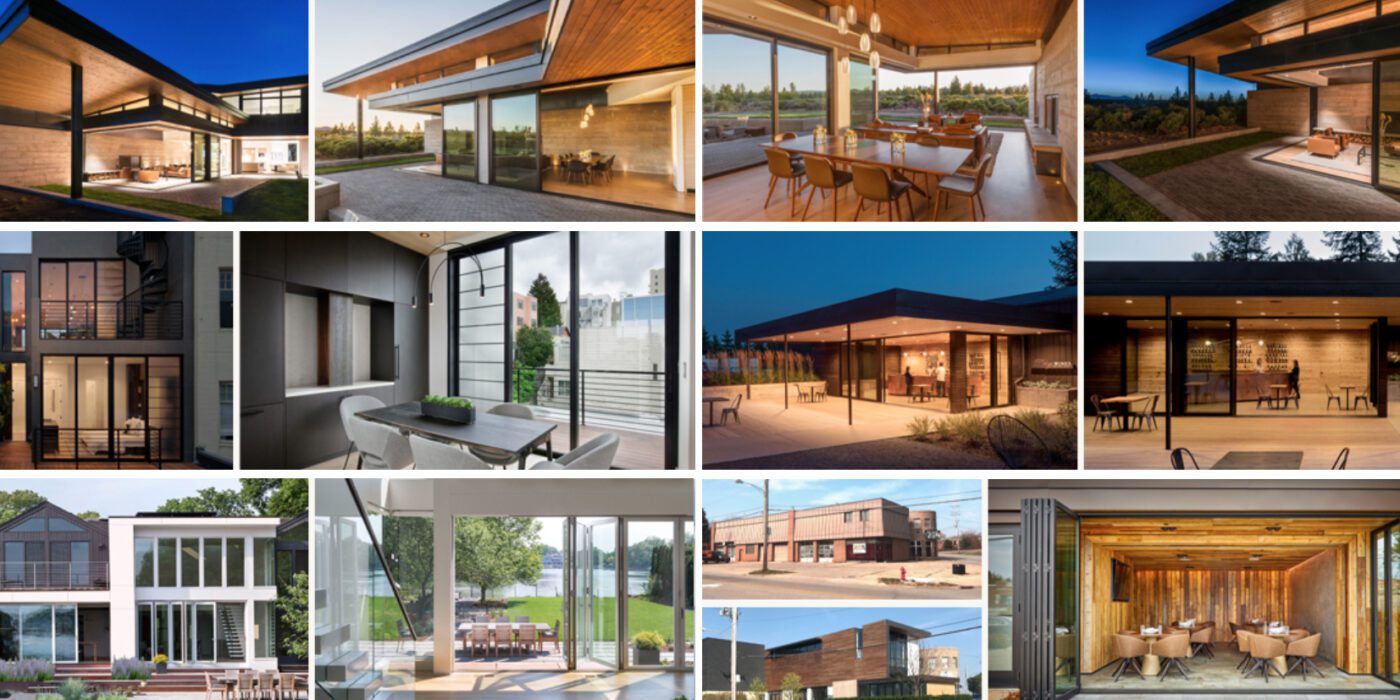
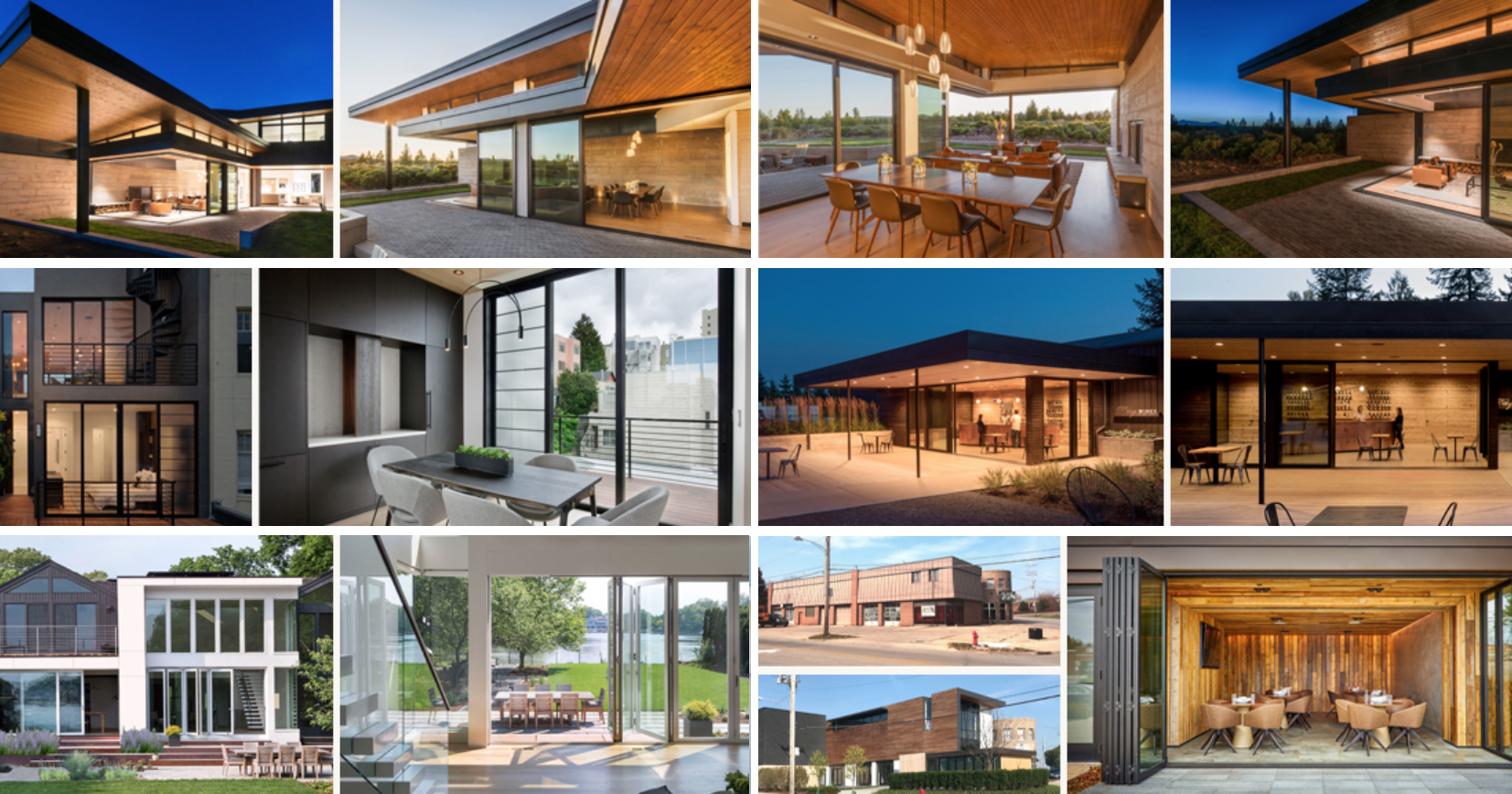
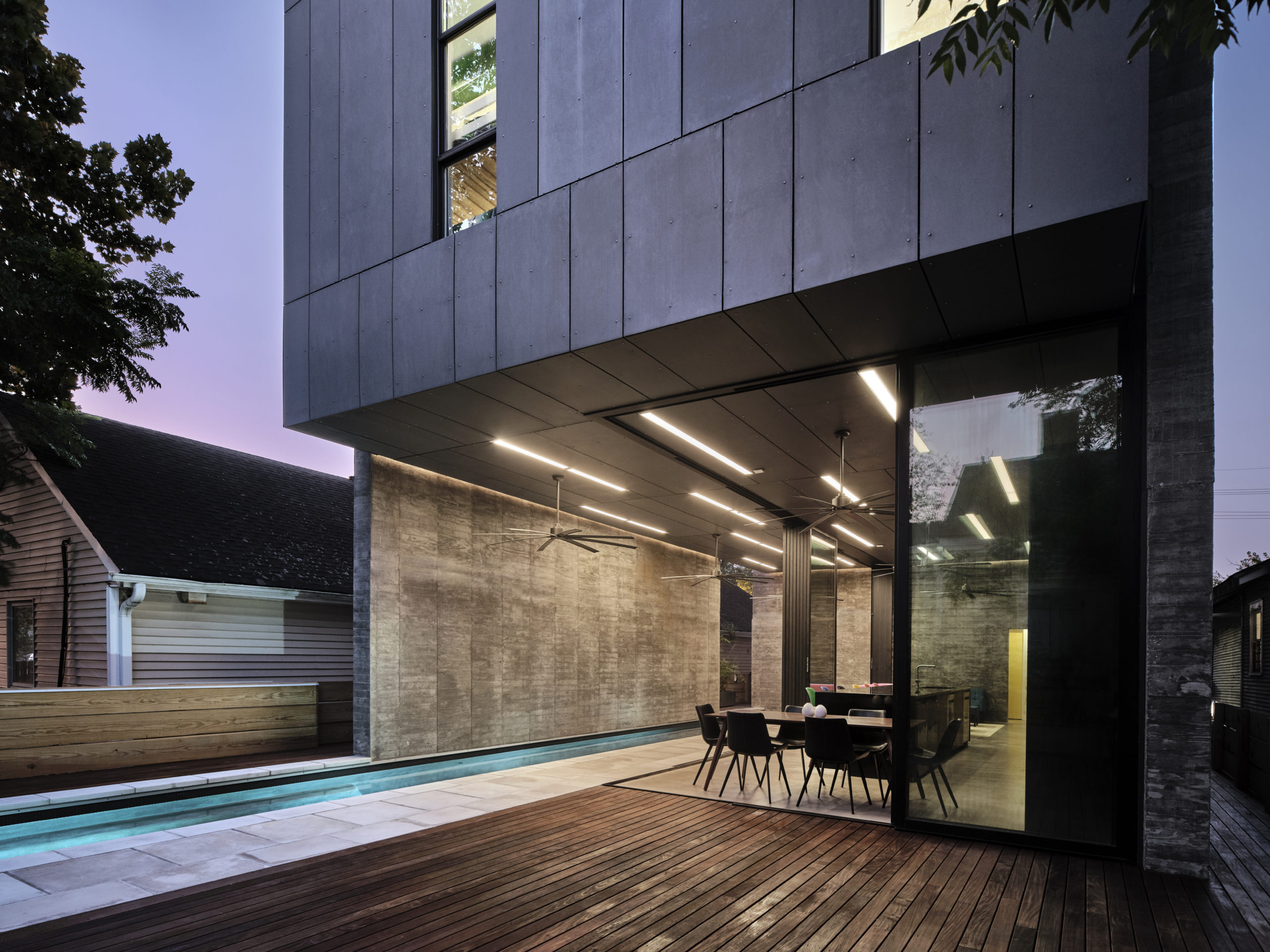
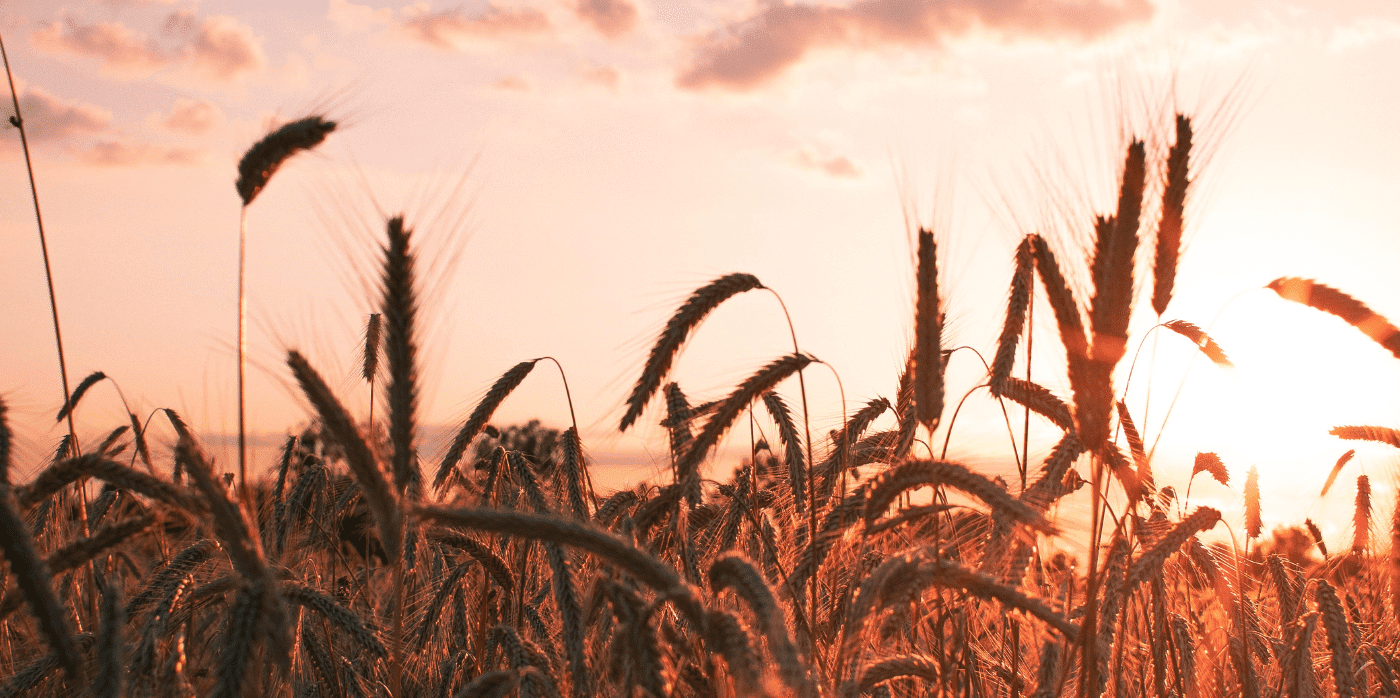
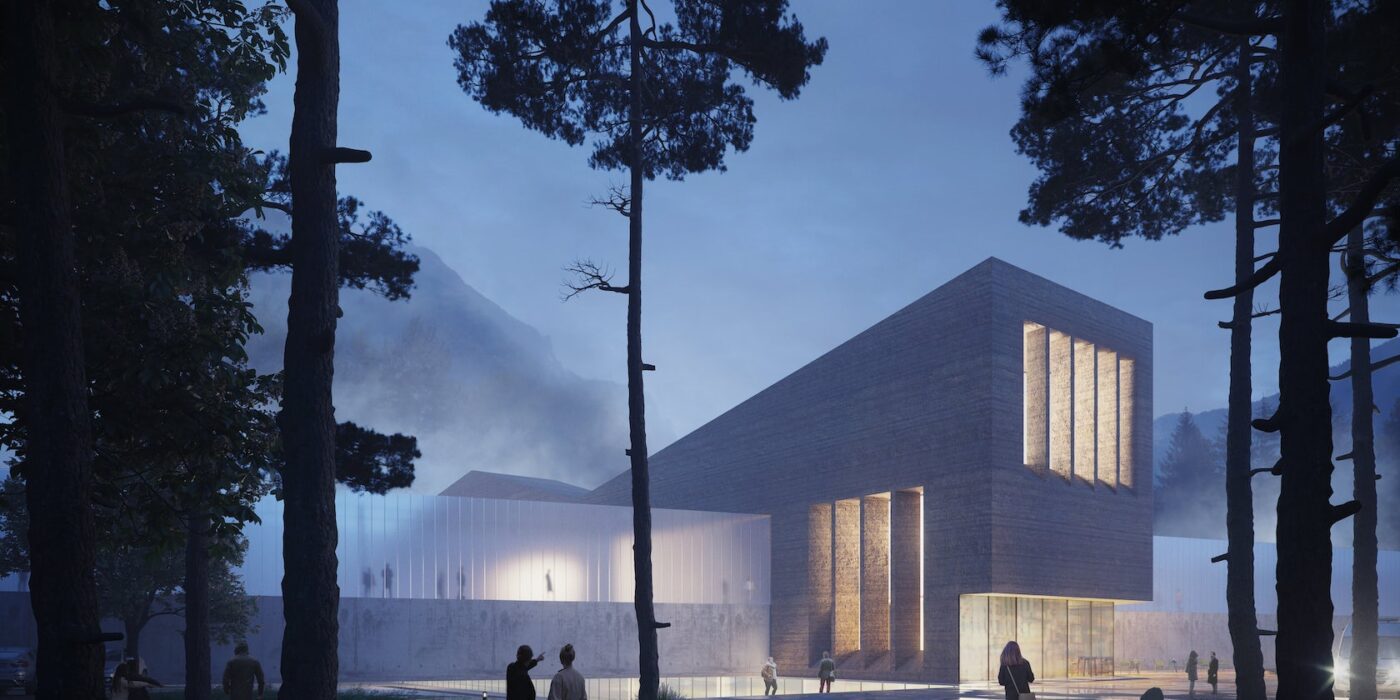

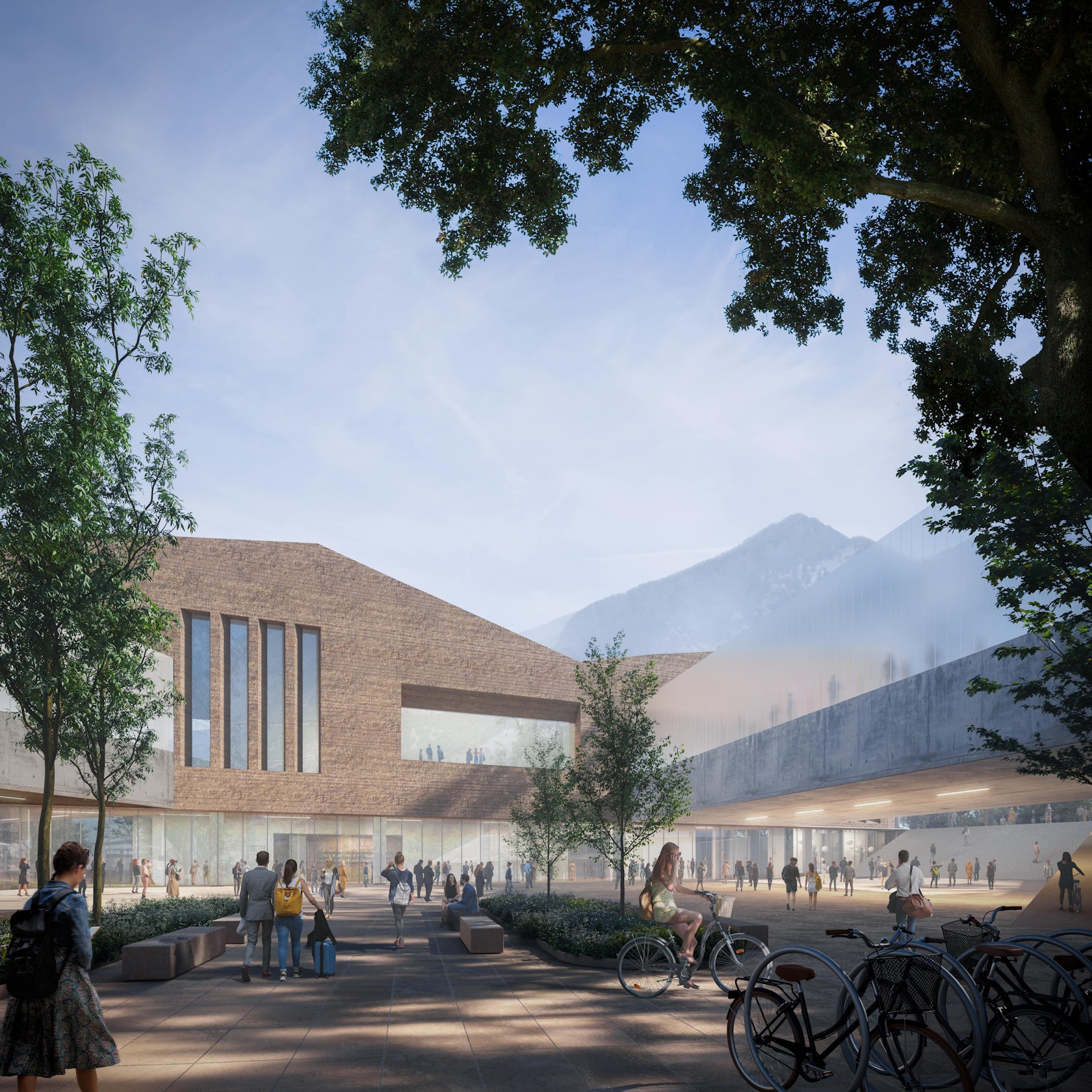


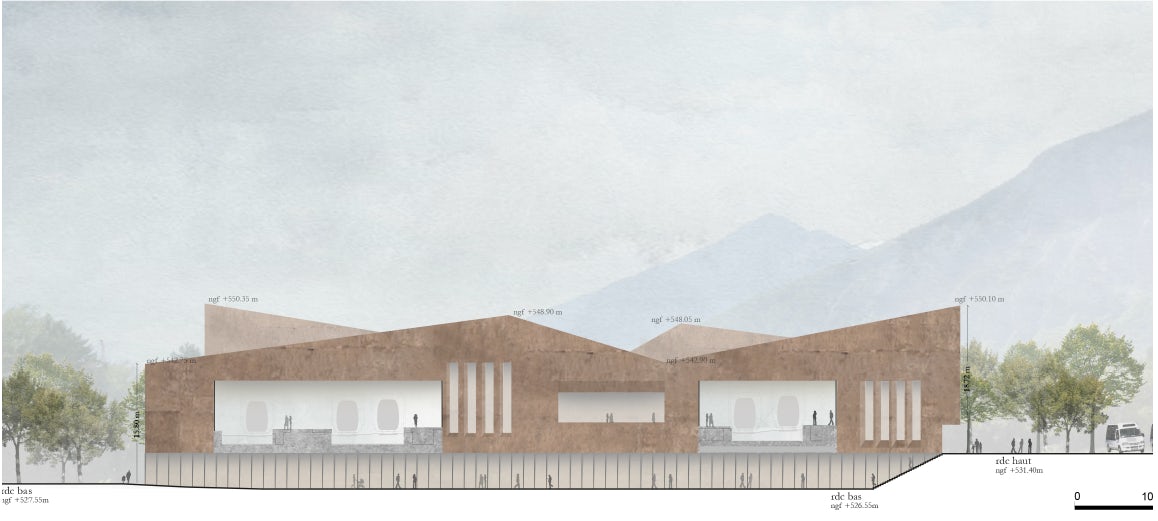

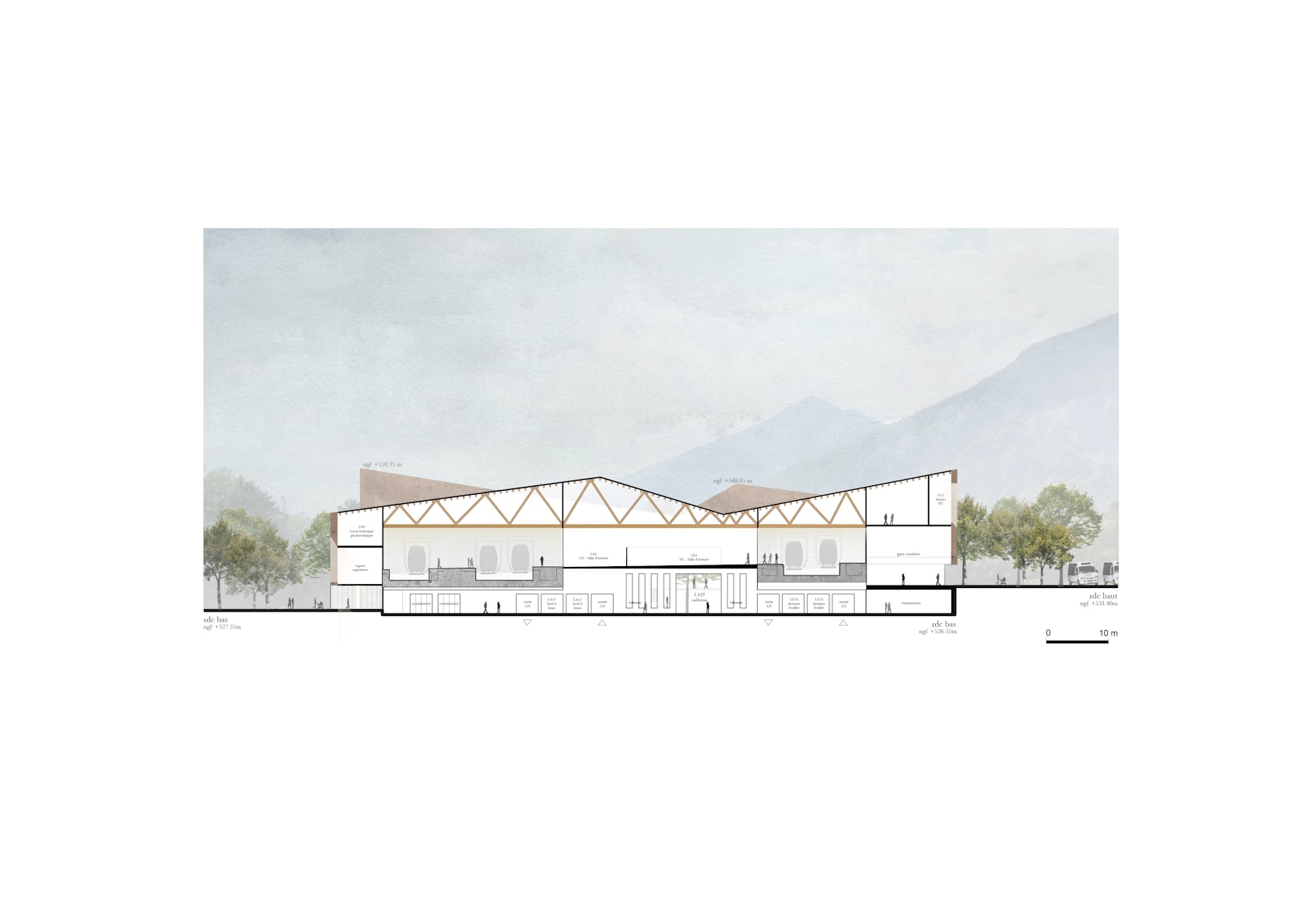






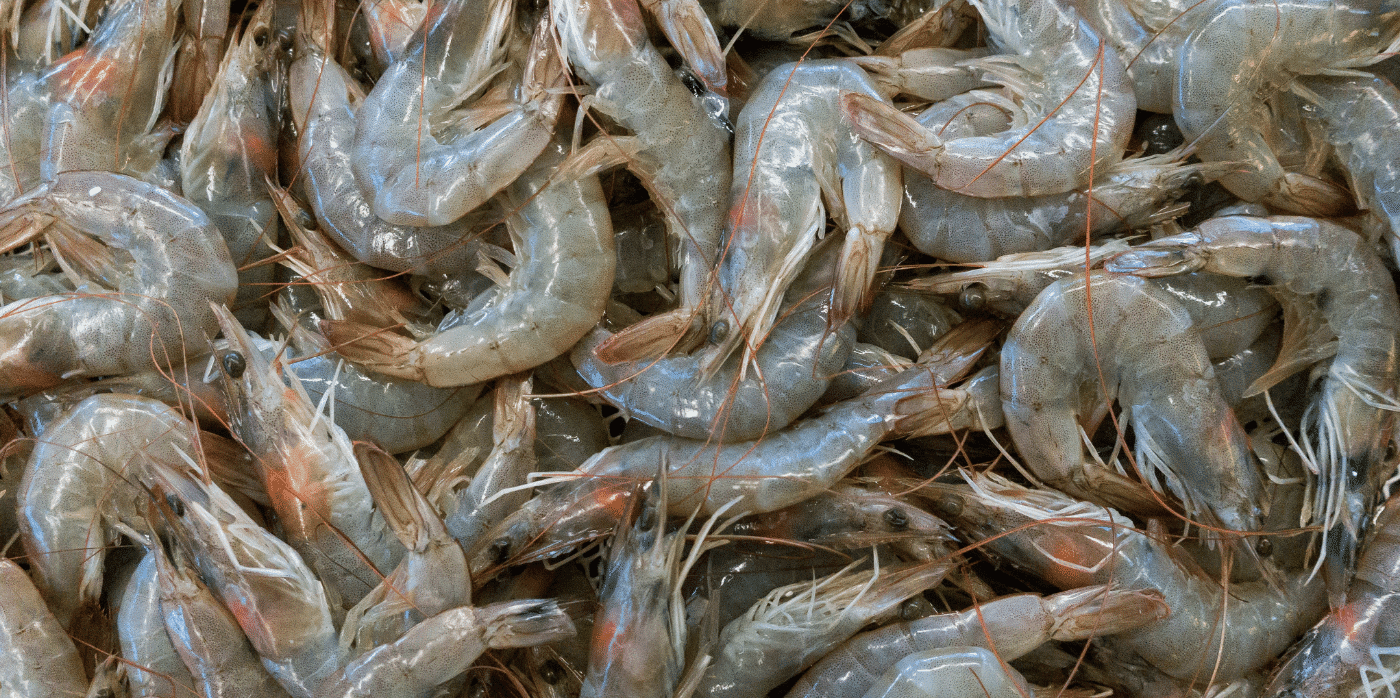
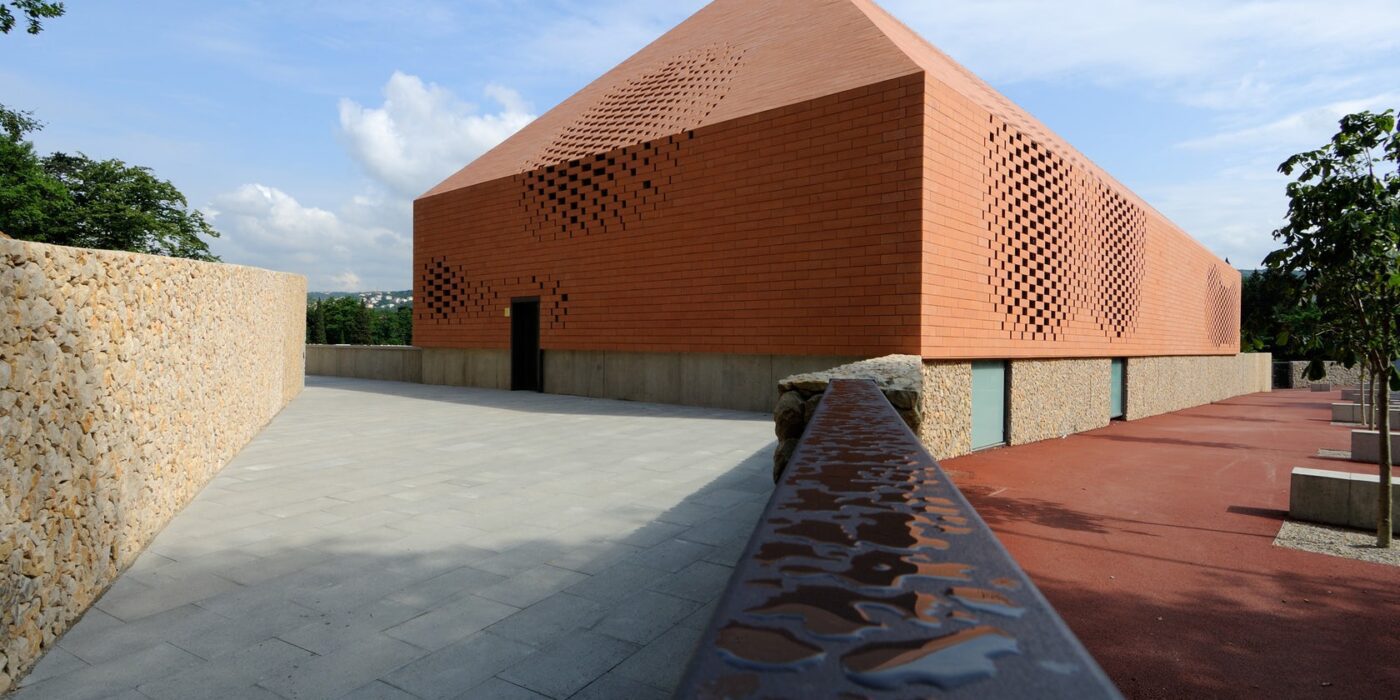
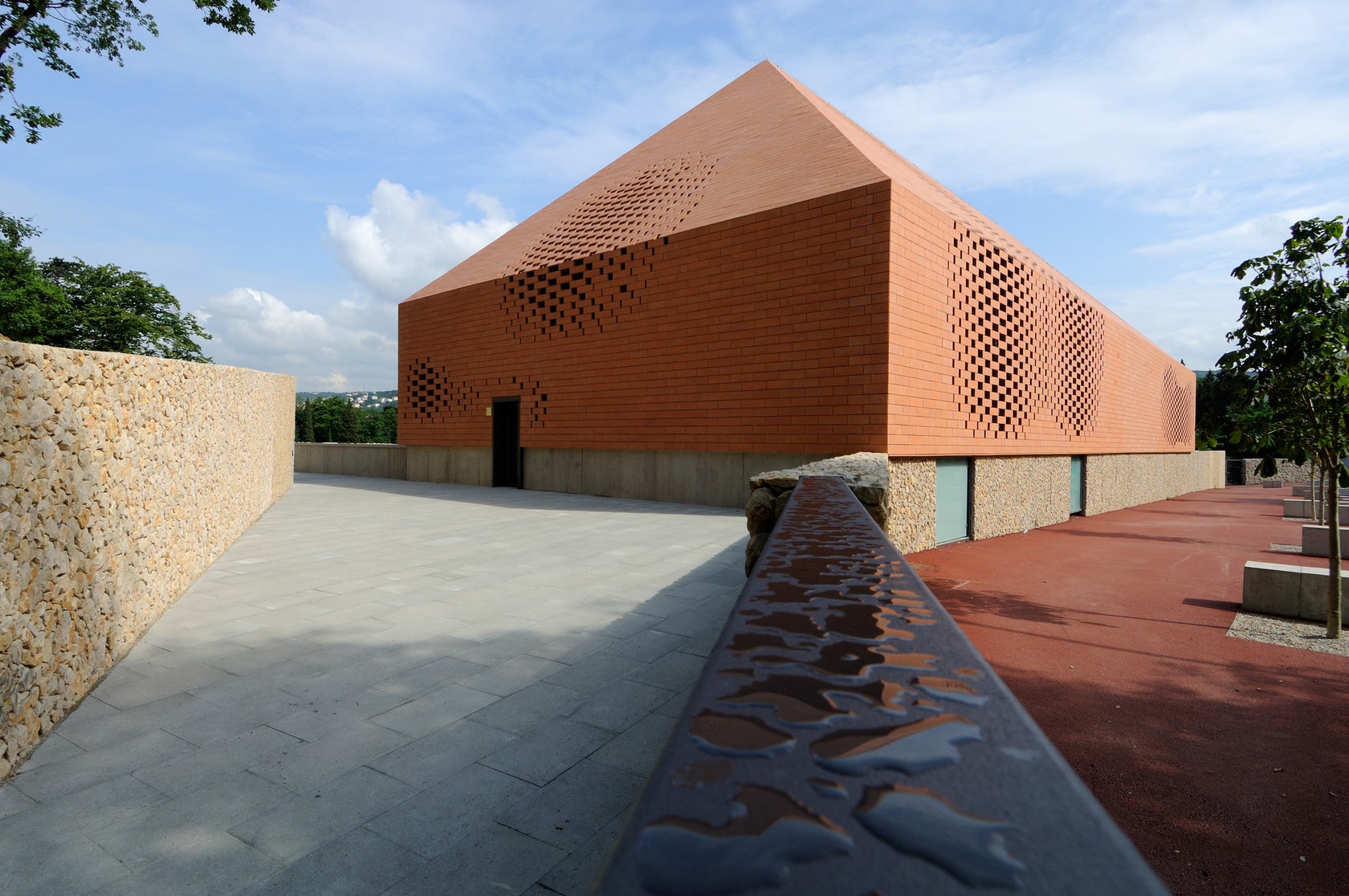
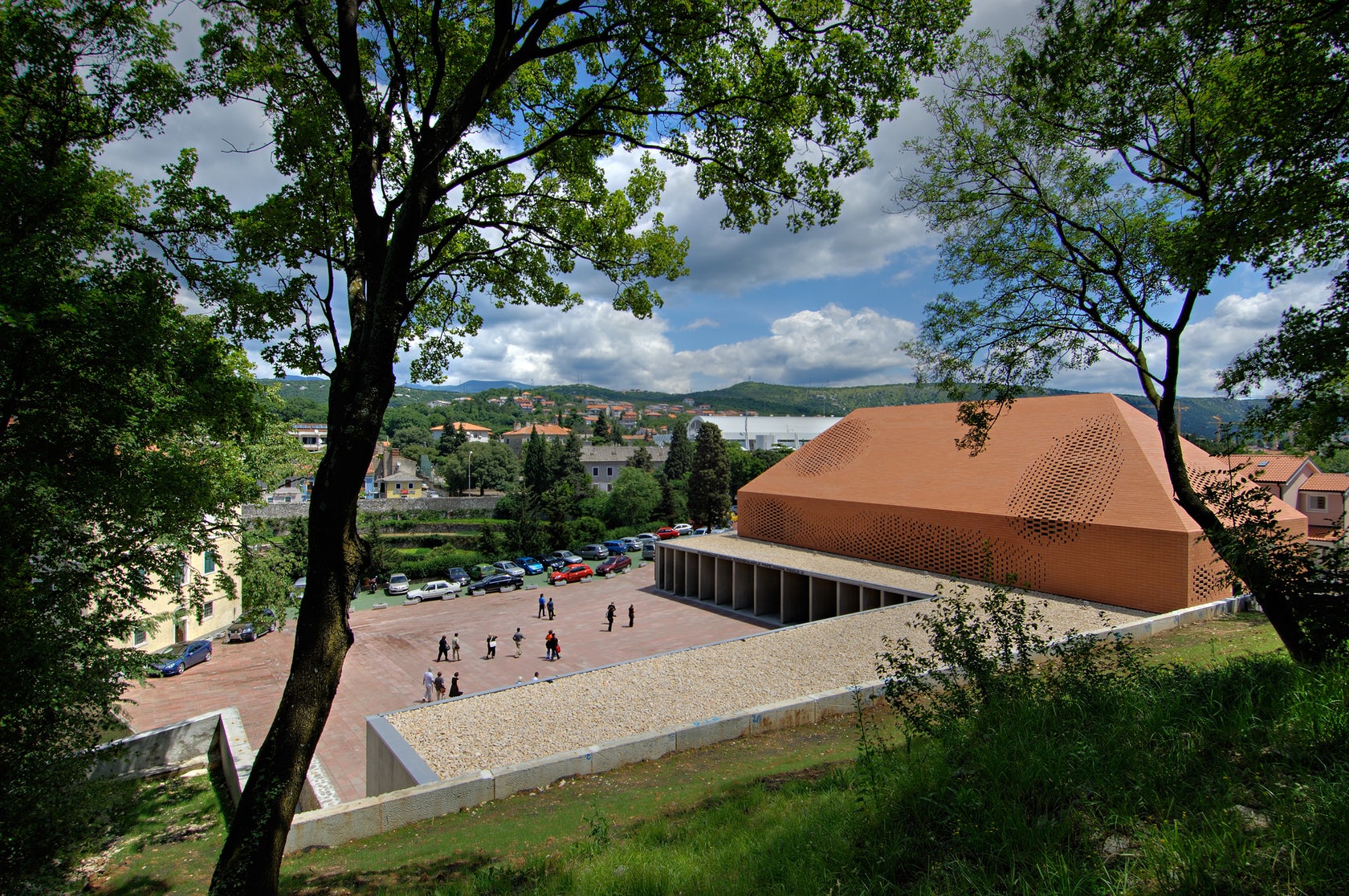 Sited in one of the most important pilgrimage sites in Croatia, this Great Hall was designed alongside the Pope’s visit to Rijeka. Housing cultural activities of the monastery, the project also creates a new major entrance for the pilgrims and a large public walk. A pixel-ized terracotta volume was designed to filter light inside the structure while a columned portico forms a new public square outside.
Sited in one of the most important pilgrimage sites in Croatia, this Great Hall was designed alongside the Pope’s visit to Rijeka. Housing cultural activities of the monastery, the project also creates a new major entrance for the pilgrims and a large public walk. A pixel-ized terracotta volume was designed to filter light inside the structure while a columned portico forms a new public square outside.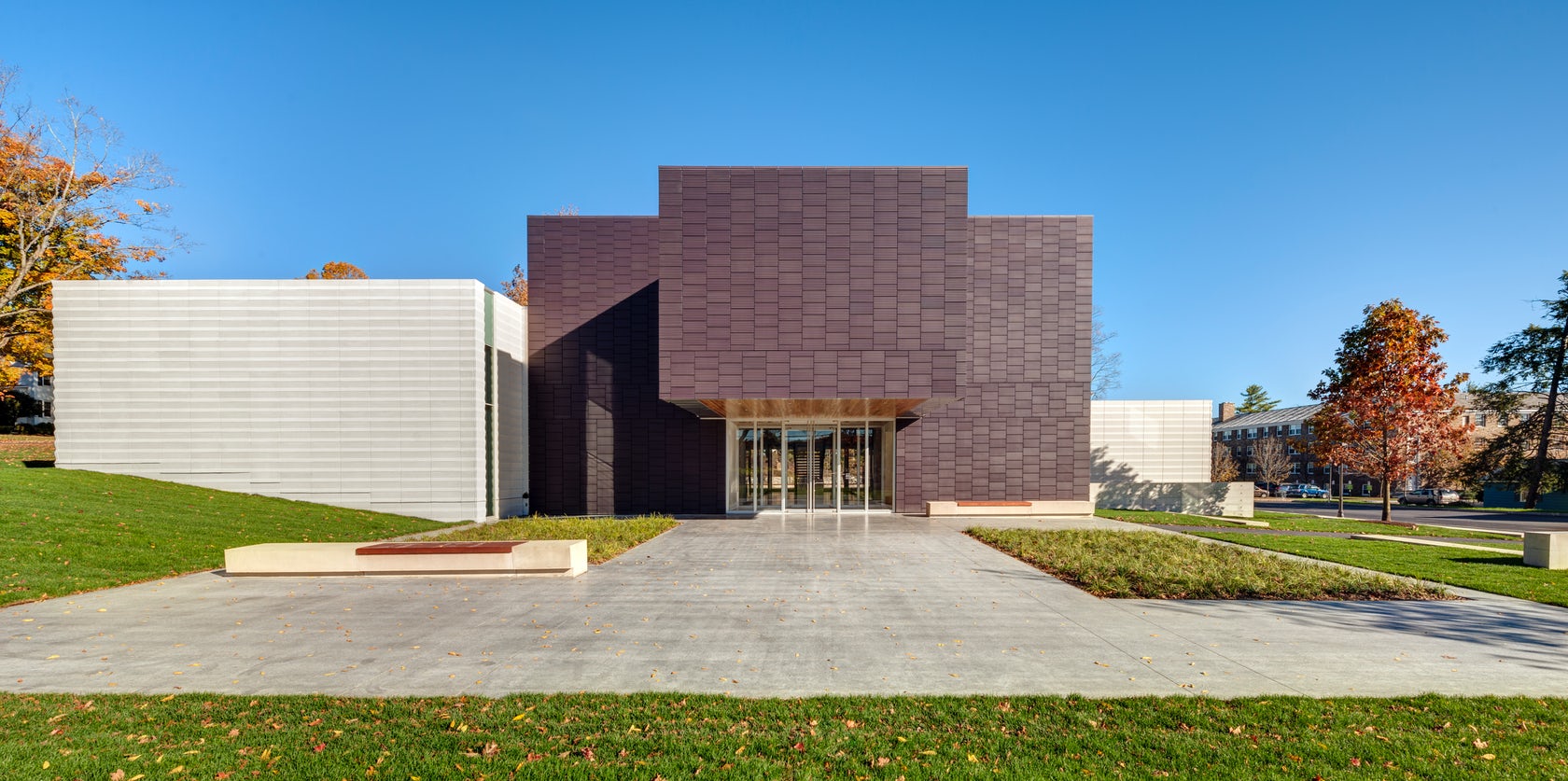
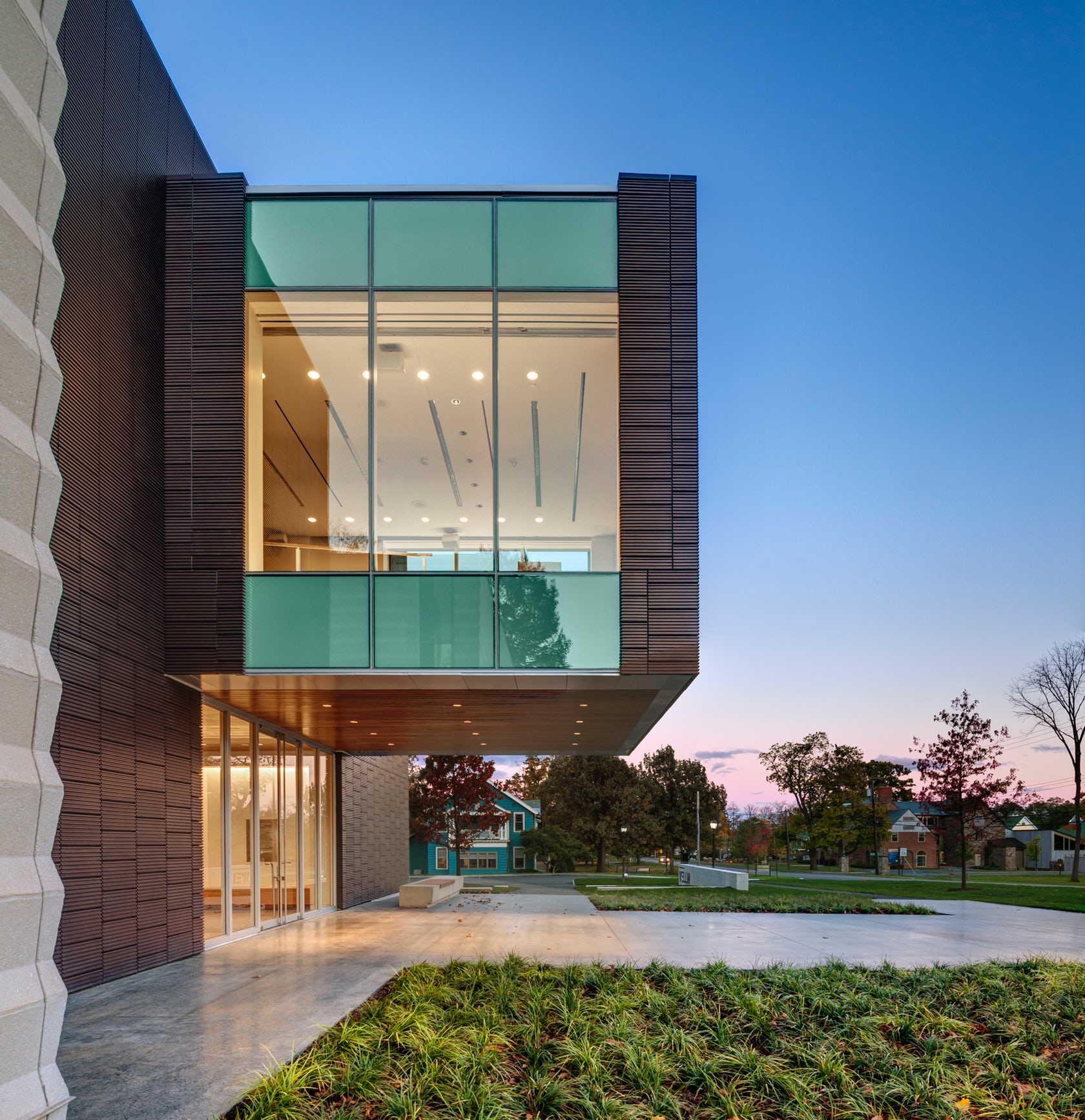 Located on the Hamilton College campus, the Wellin Museum of art was designed as part of a new arts quad. The building includes admin offices, seminar rooms, galleries, and a monumental two-story glass archive hall. Dark terracotta cladding was used along the central volume to reinforce its role programmatically and organizationally.
Located on the Hamilton College campus, the Wellin Museum of art was designed as part of a new arts quad. The building includes admin offices, seminar rooms, galleries, and a monumental two-story glass archive hall. Dark terracotta cladding was used along the central volume to reinforce its role programmatically and organizationally.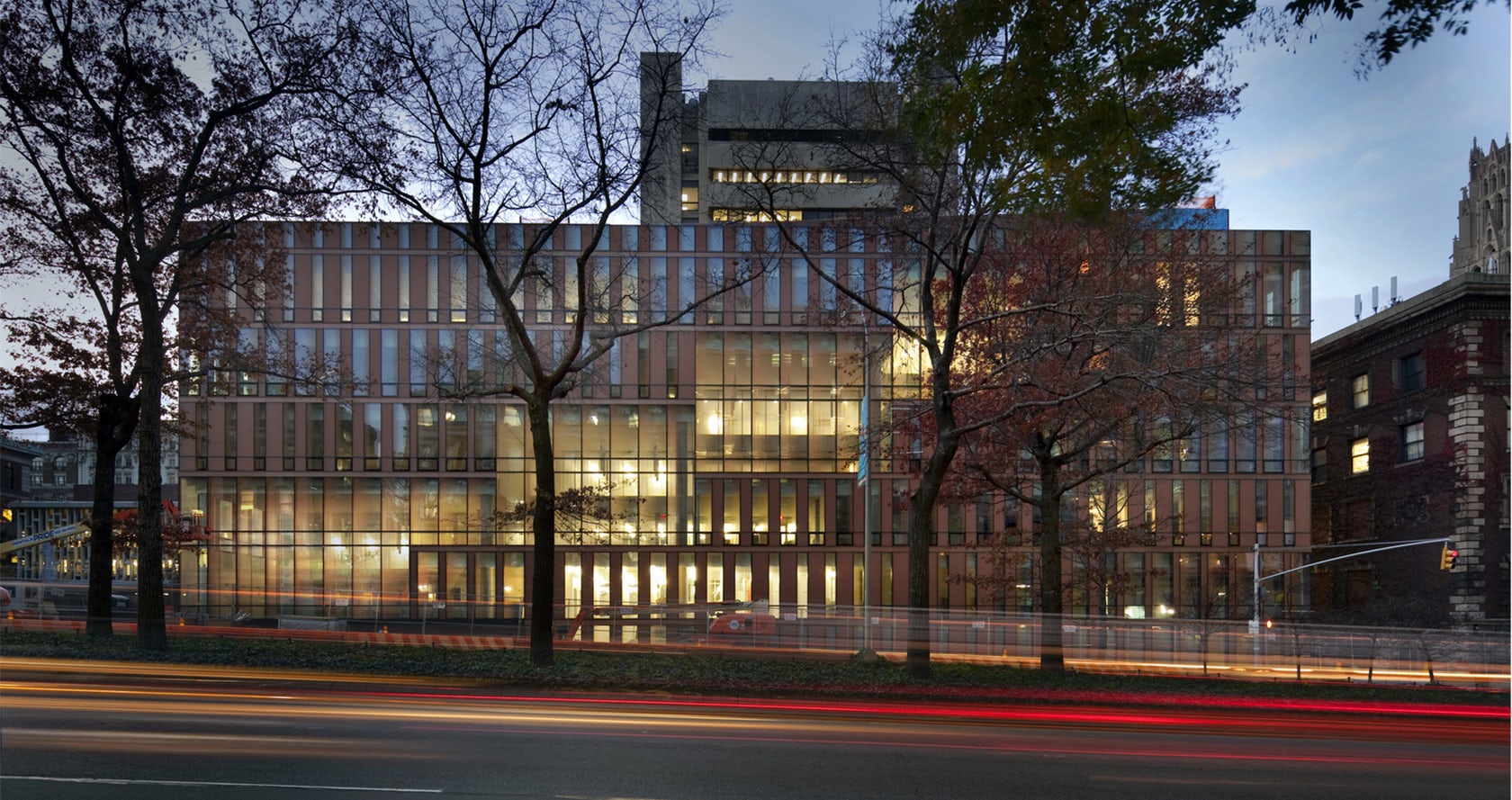
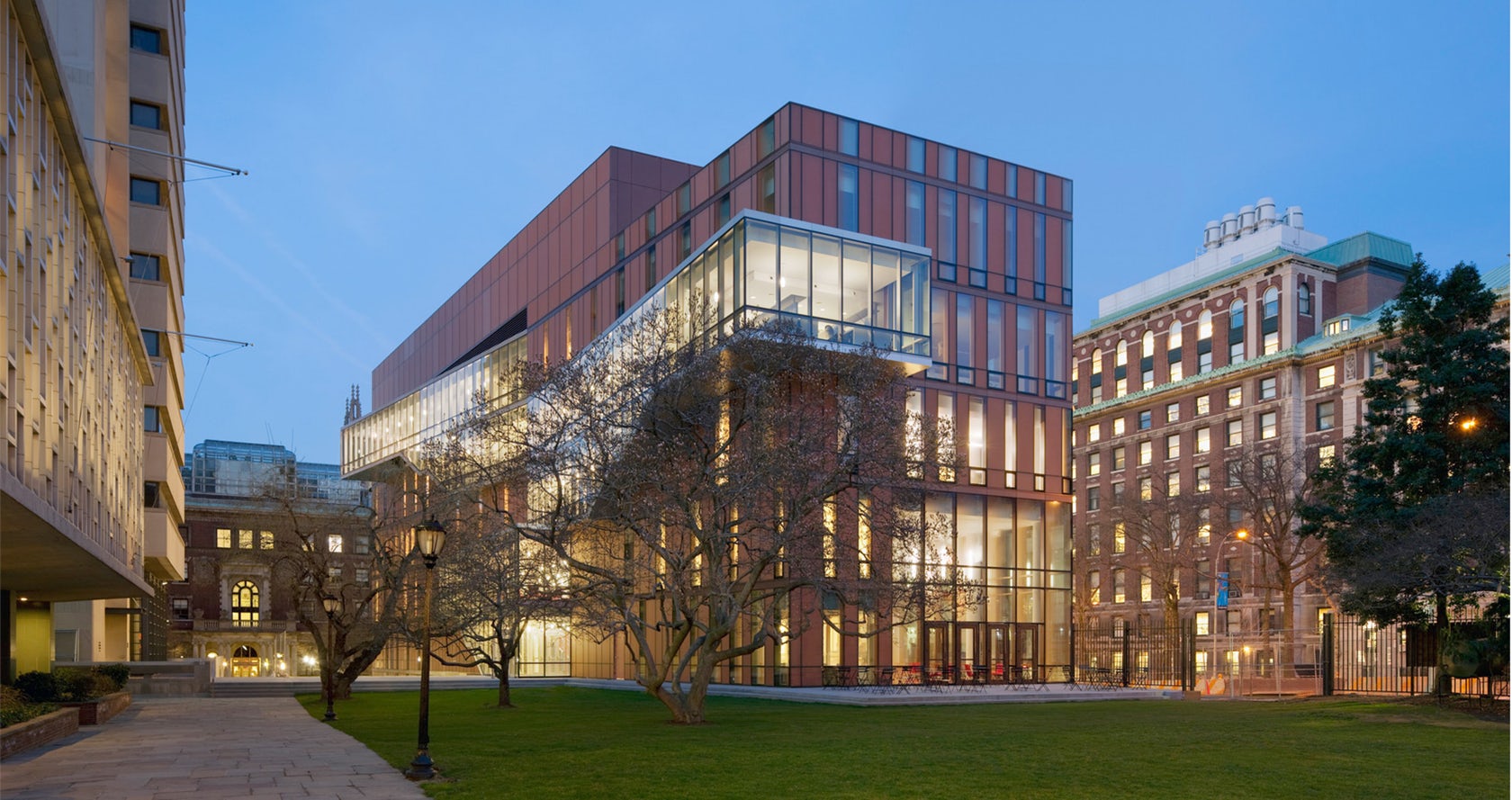 Located at Barnard College, the Diana Center includes a gallery space, a library, classrooms, dining, and a black box theater. A slipped atria links spaces vertically and becomes connected through ascending stairs. Luminous terracotta glass panels were used throughout the building envelope. Surrounded by a campus defined by brick and terracotta, the Diana translates the static opacity of masonry into a luminous curtain wall.
Located at Barnard College, the Diana Center includes a gallery space, a library, classrooms, dining, and a black box theater. A slipped atria links spaces vertically and becomes connected through ascending stairs. Luminous terracotta glass panels were used throughout the building envelope. Surrounded by a campus defined by brick and terracotta, the Diana translates the static opacity of masonry into a luminous curtain wall.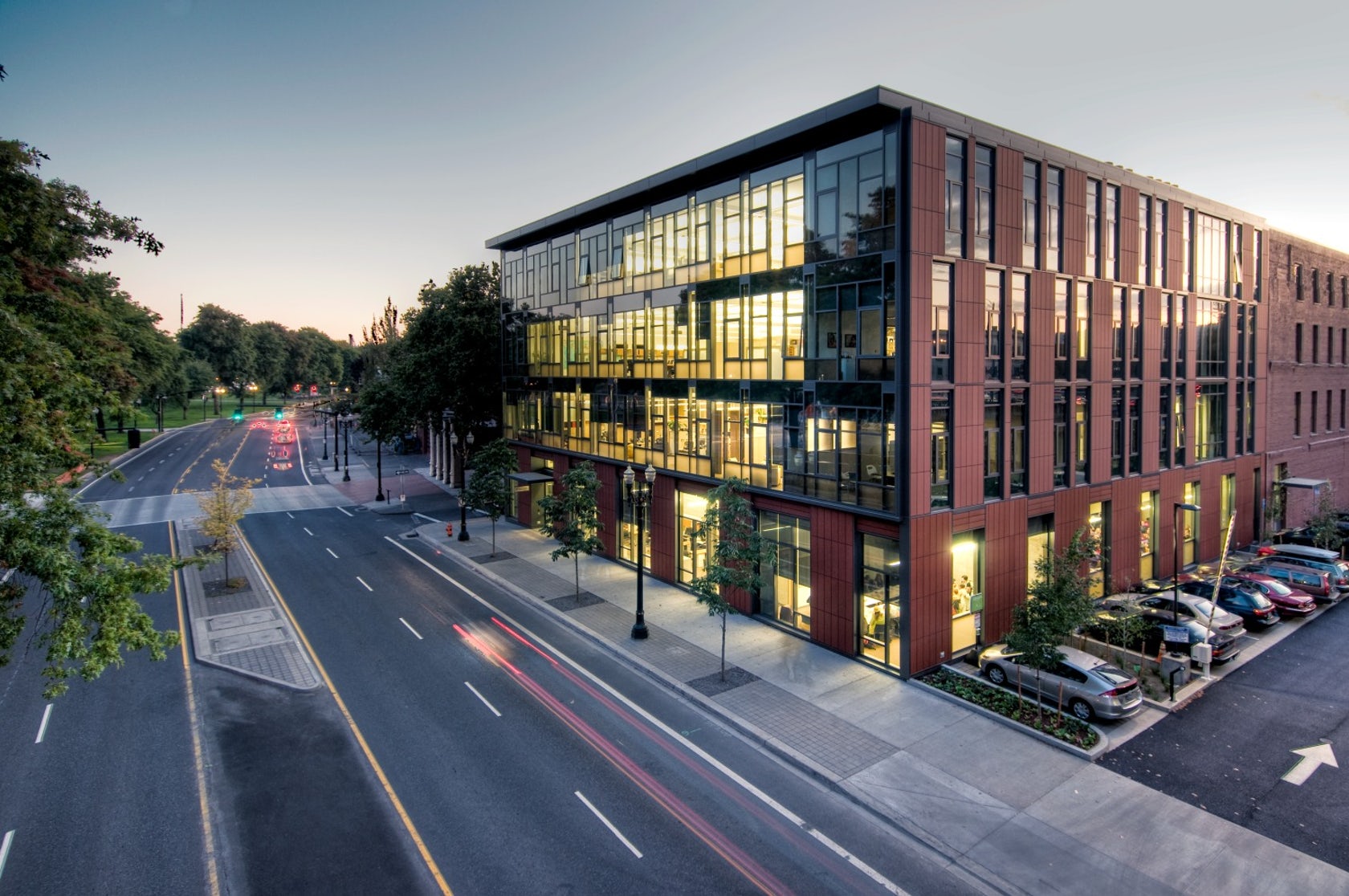
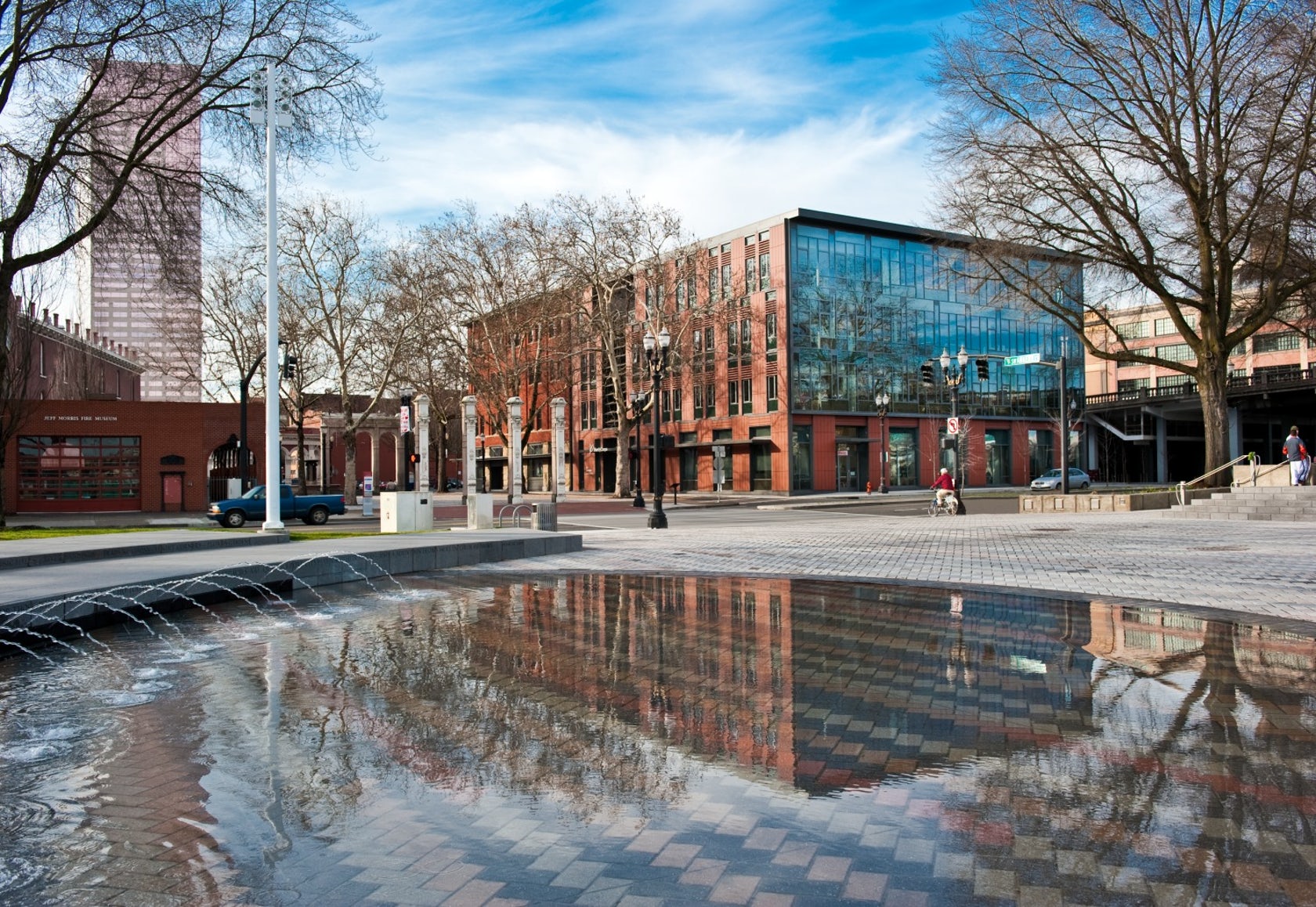 The Mercy Corps building was built to exemplify a sustainable, community-focused approach while encouraging visitors to engage with contemporary issues. Doubling the size of the historic Portland Packer-Scott Building, the landmark project combined a green roof, with resource-friendly landscaping and a glass and terracotta envelope.
The Mercy Corps building was built to exemplify a sustainable, community-focused approach while encouraging visitors to engage with contemporary issues. Doubling the size of the historic Portland Packer-Scott Building, the landmark project combined a green roof, with resource-friendly landscaping and a glass and terracotta envelope.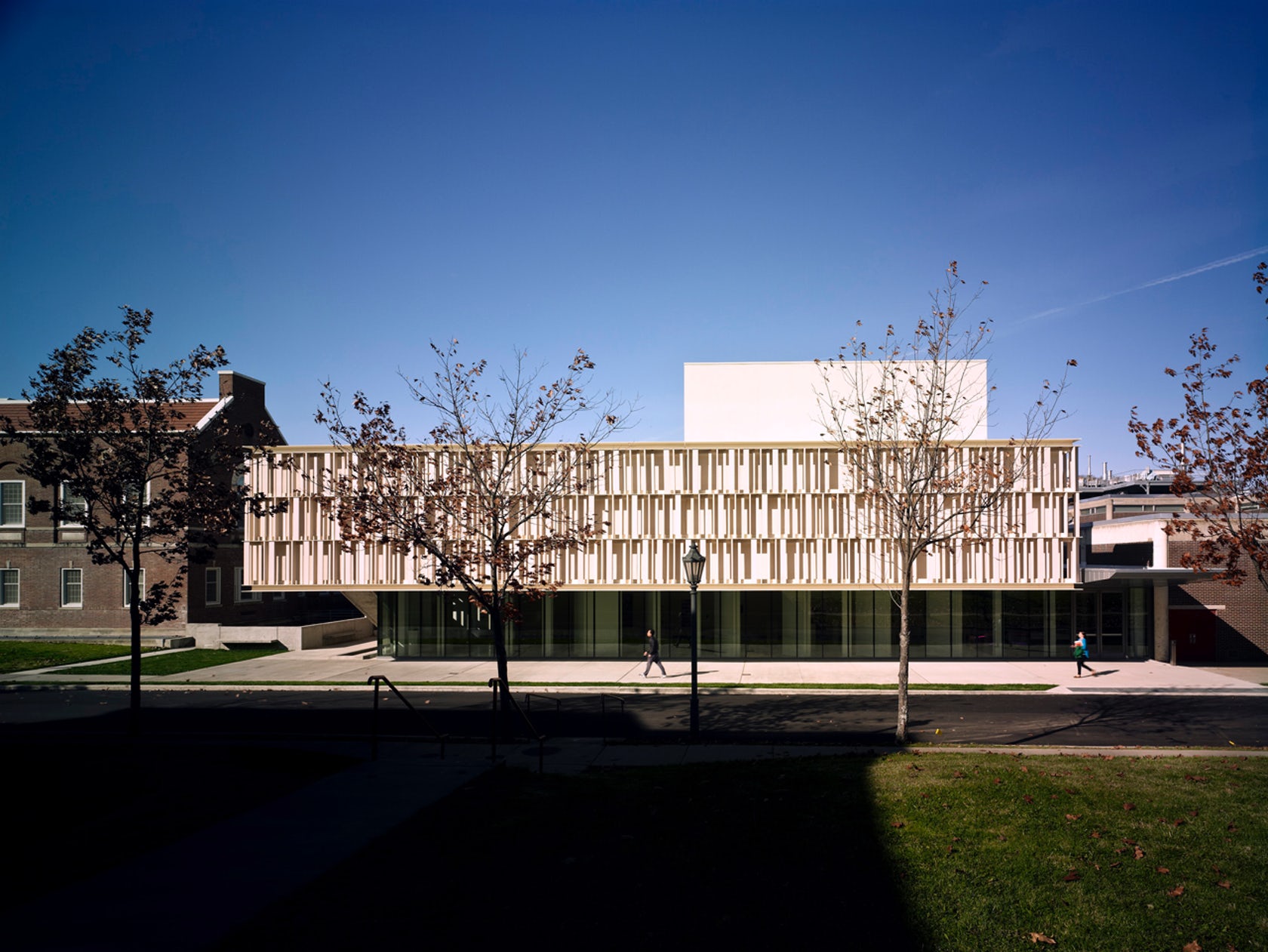
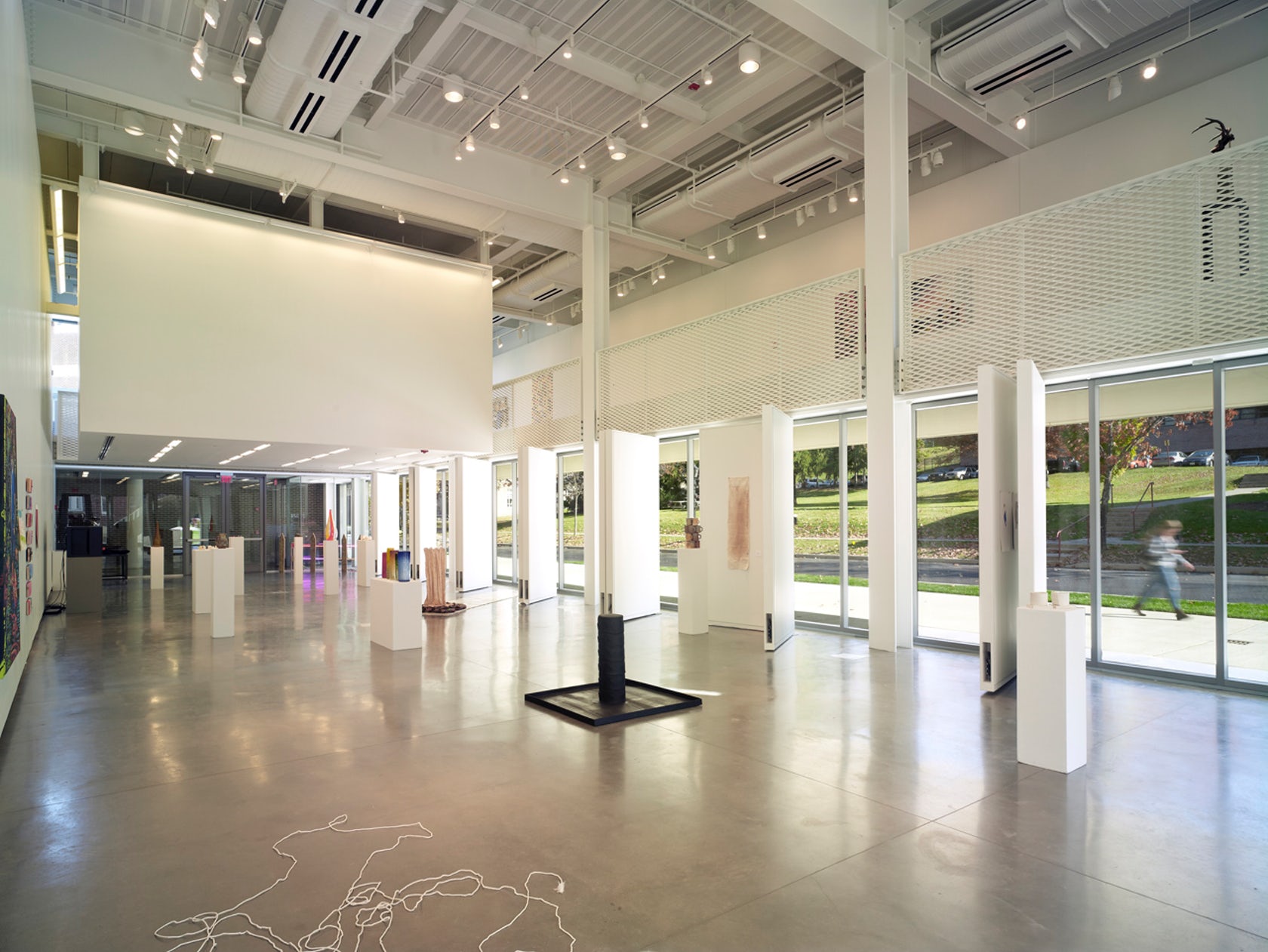 The terracotta tube façade for this ceramics pavilion screens both rain and solar heat, while its staggered pattern was inspired by pottery racks. The Art Pavilion was created as a “ceramic vessel” holding both light and art. The design was inspired by the region’s history of manufacturing ceramics, and incorporates the unglazed, hollow tubes with an off-white pigment.
The terracotta tube façade for this ceramics pavilion screens both rain and solar heat, while its staggered pattern was inspired by pottery racks. The Art Pavilion was created as a “ceramic vessel” holding both light and art. The design was inspired by the region’s history of manufacturing ceramics, and incorporates the unglazed, hollow tubes with an off-white pigment.
